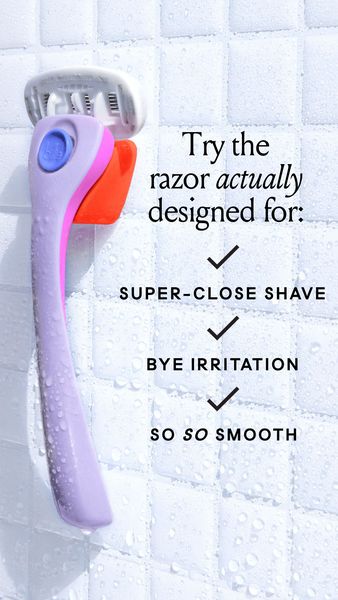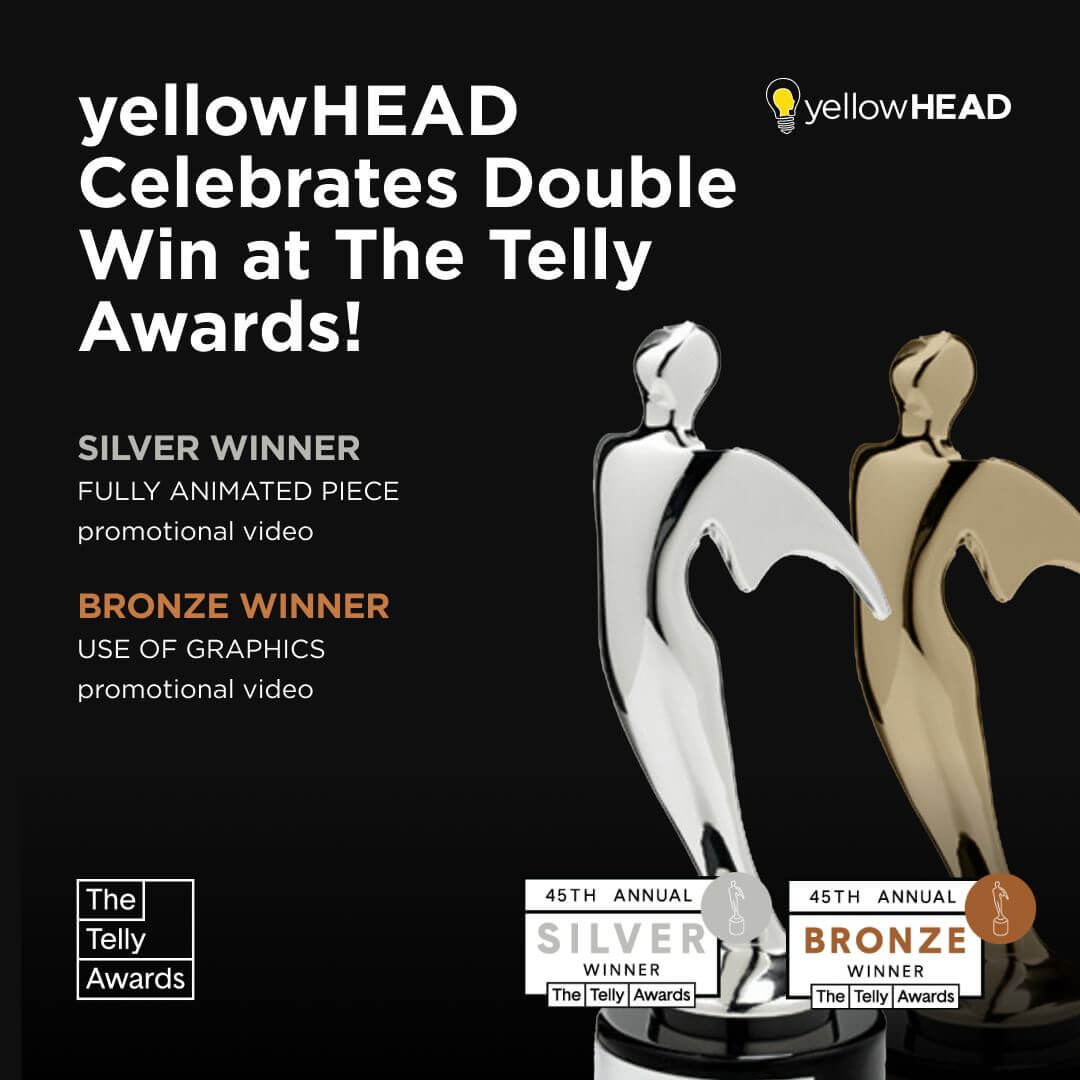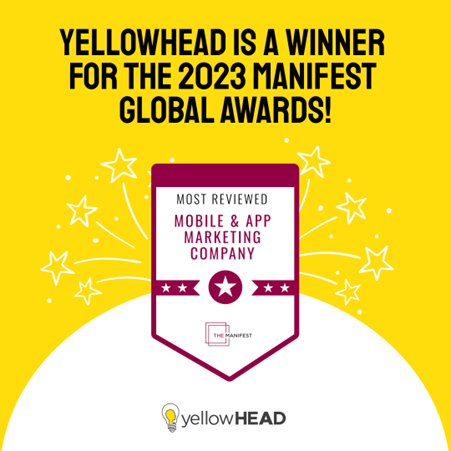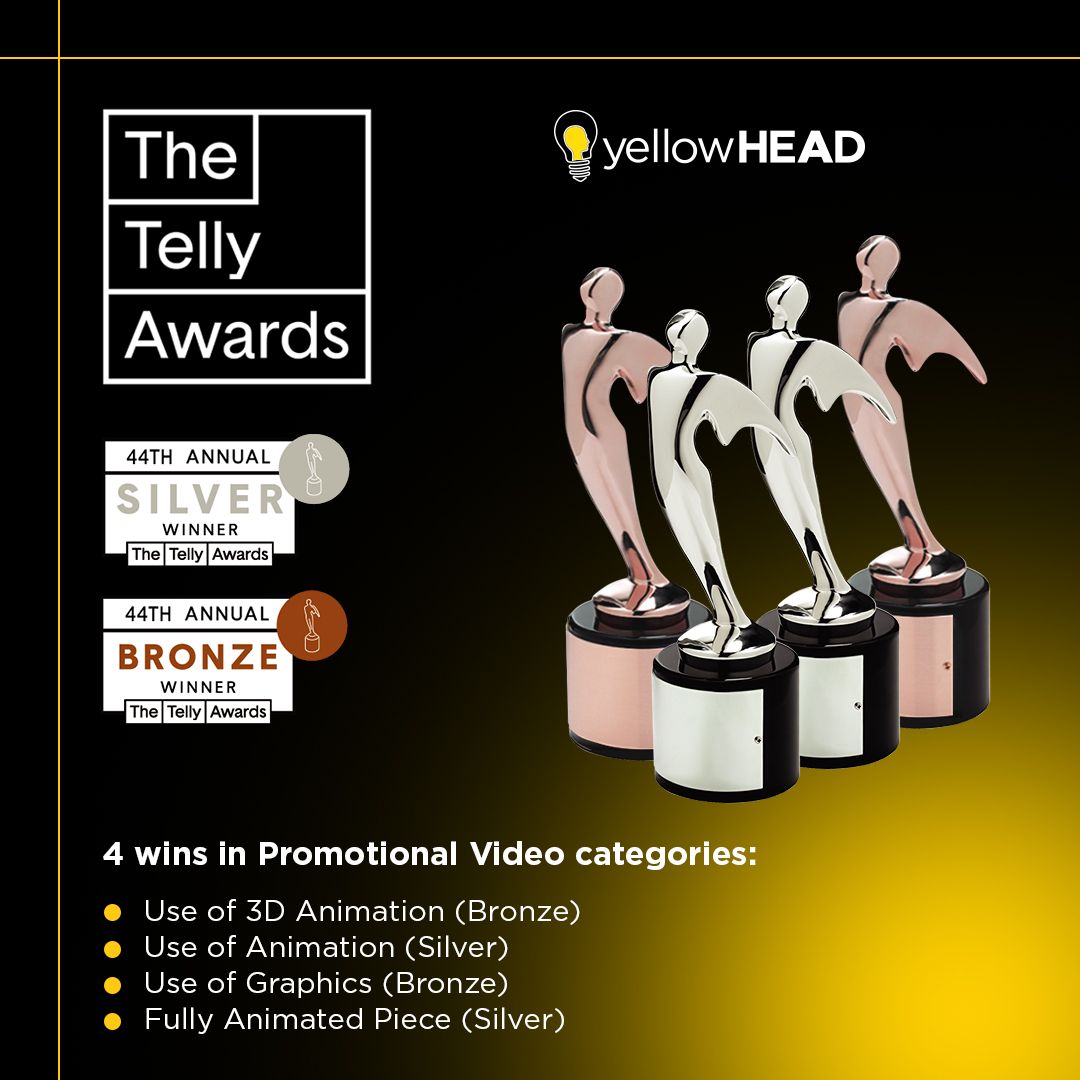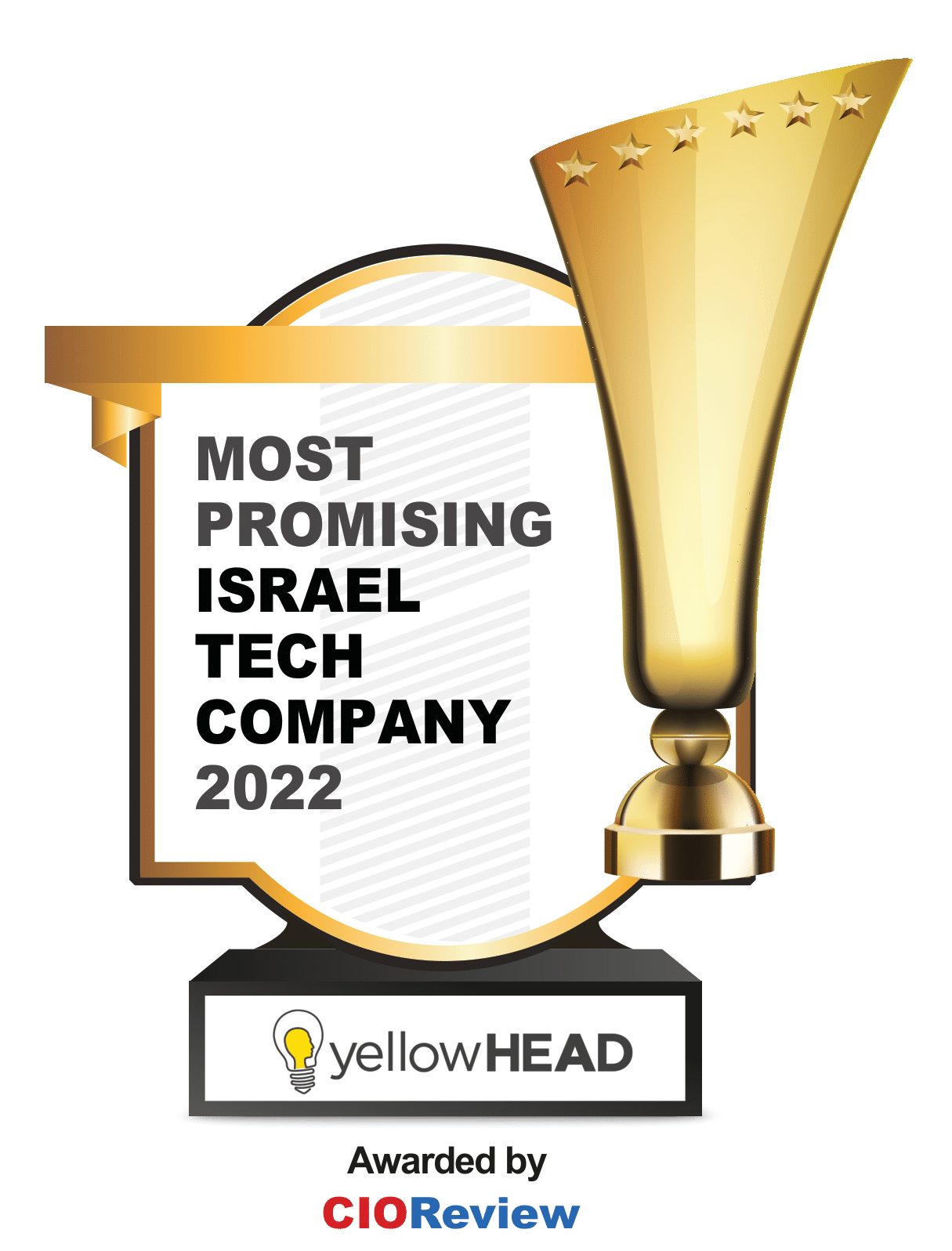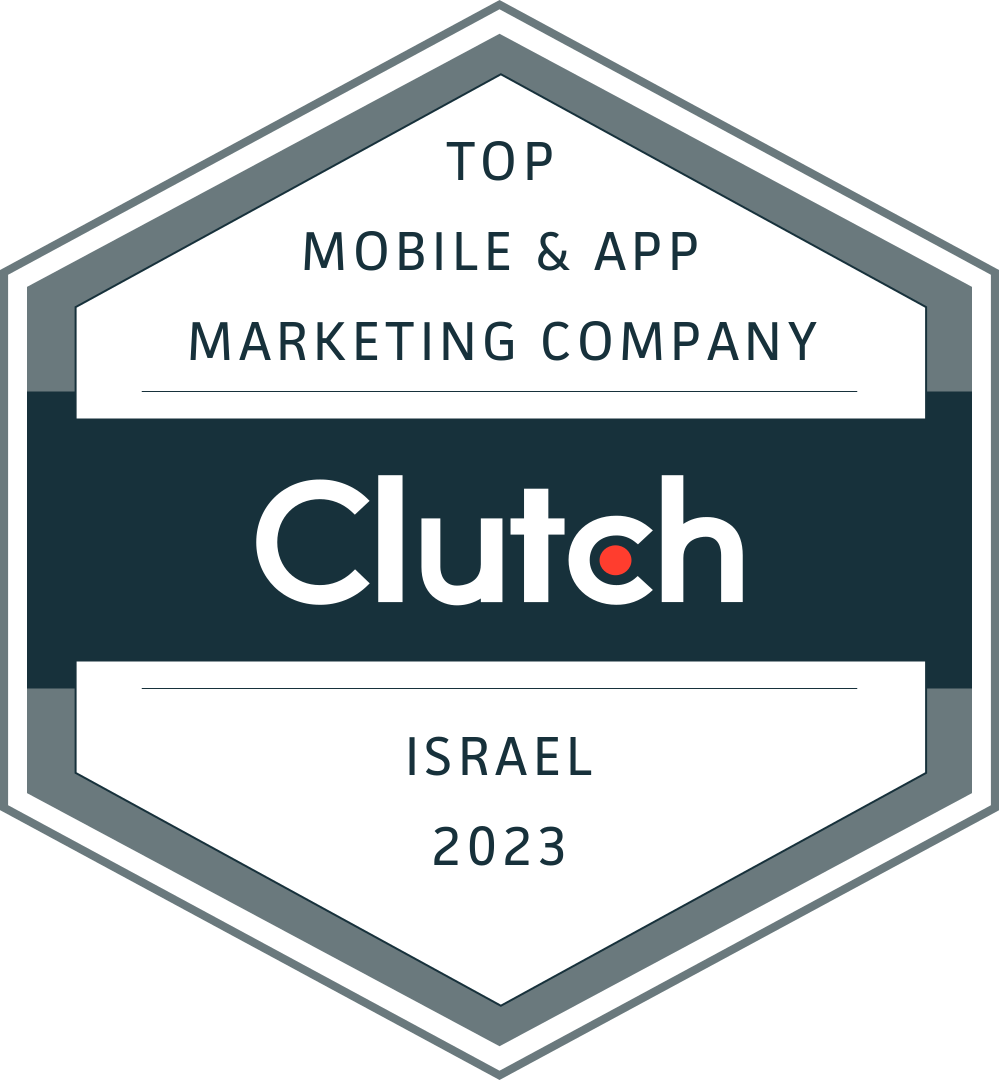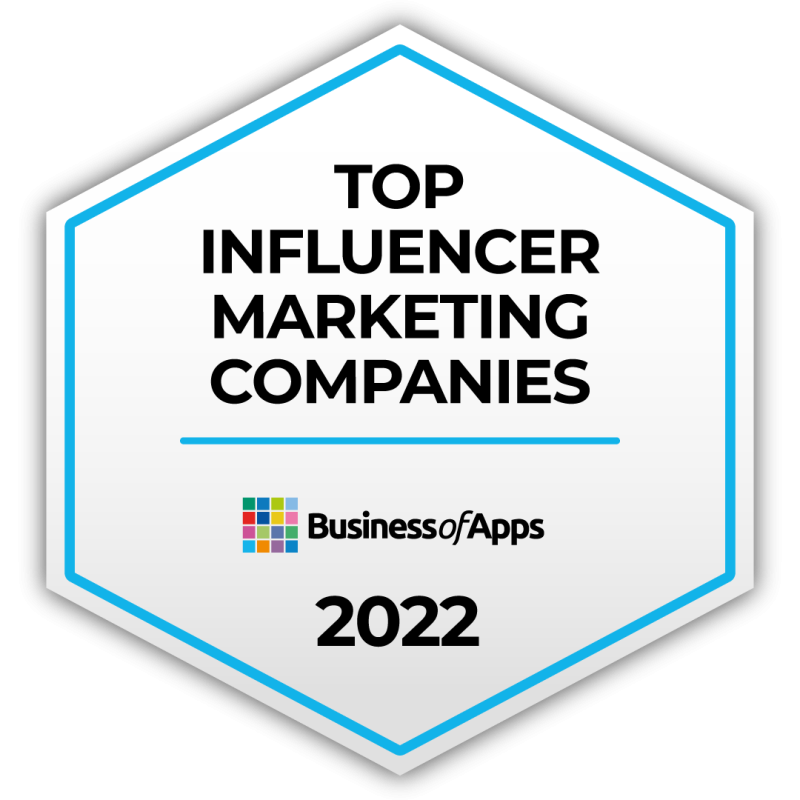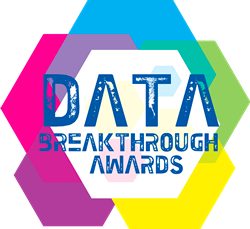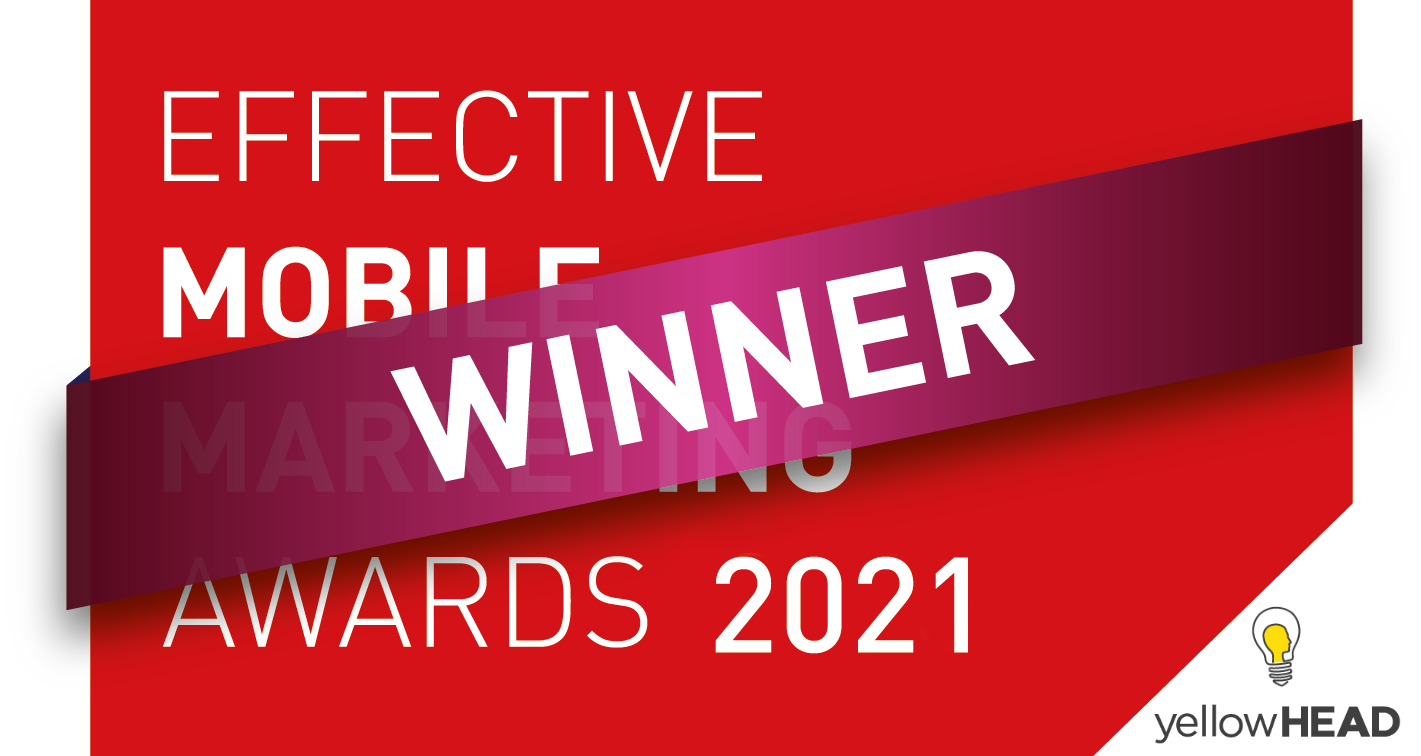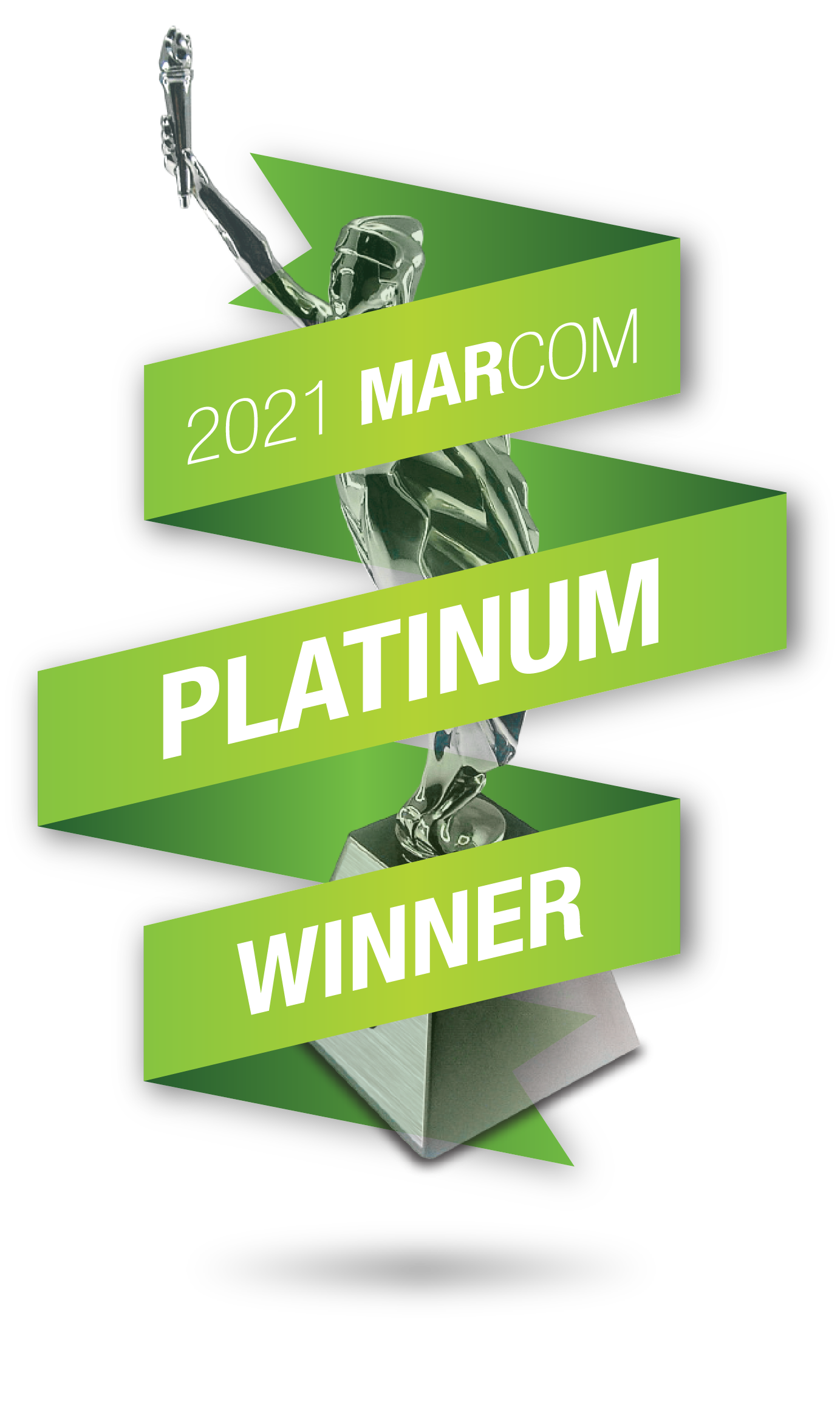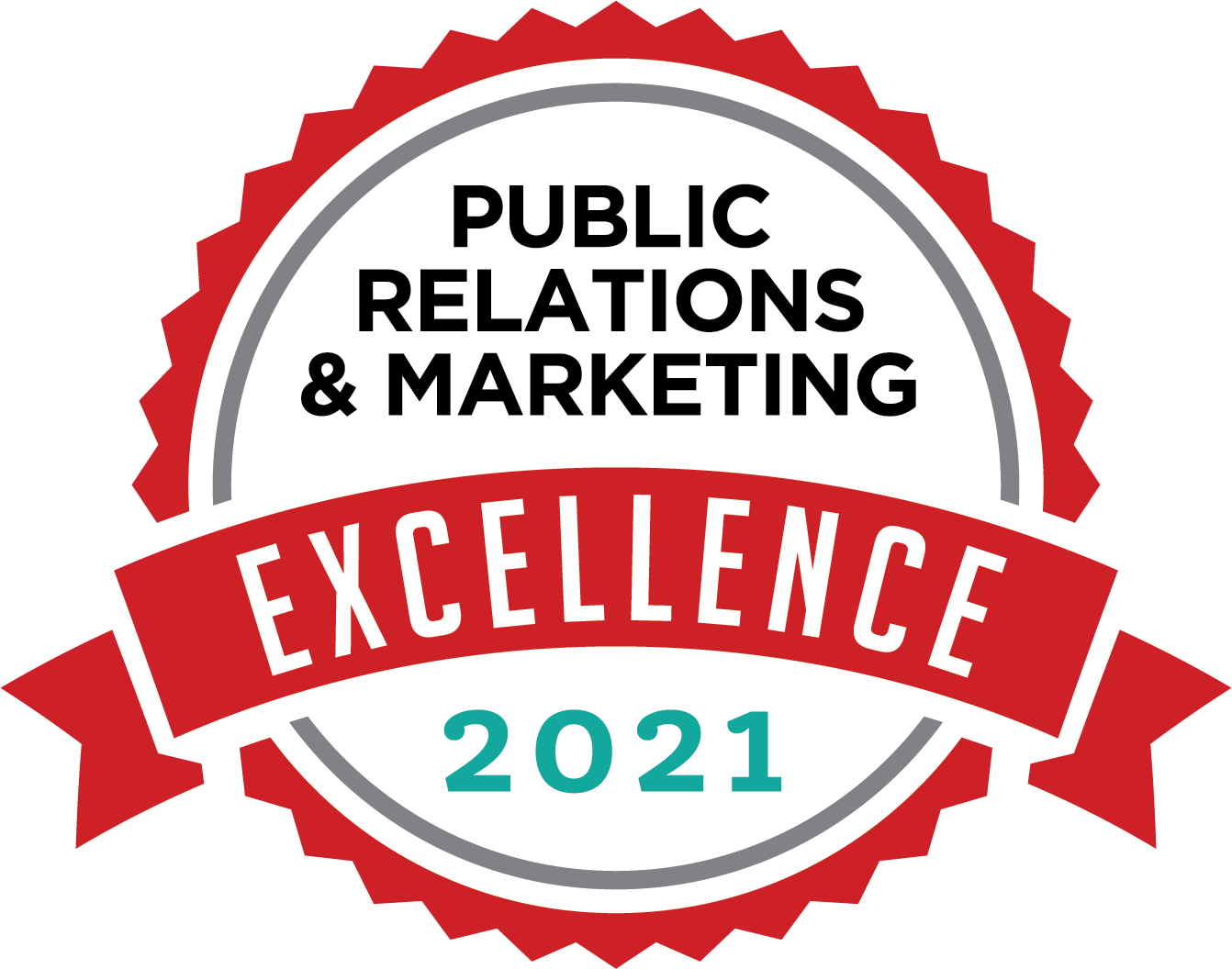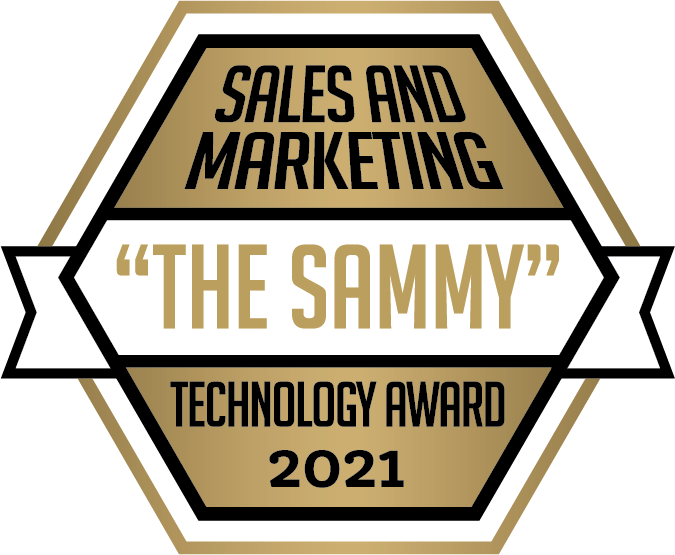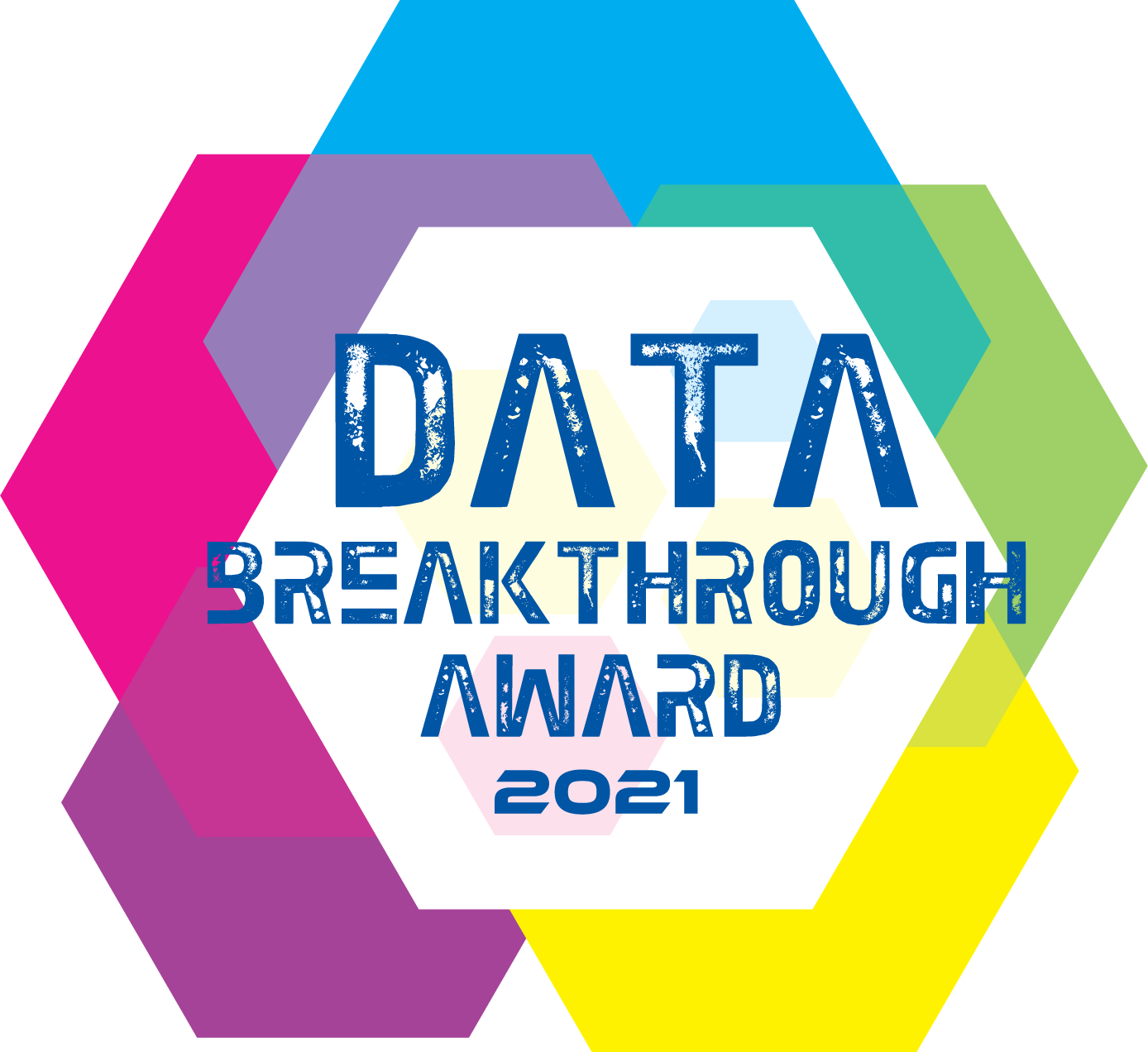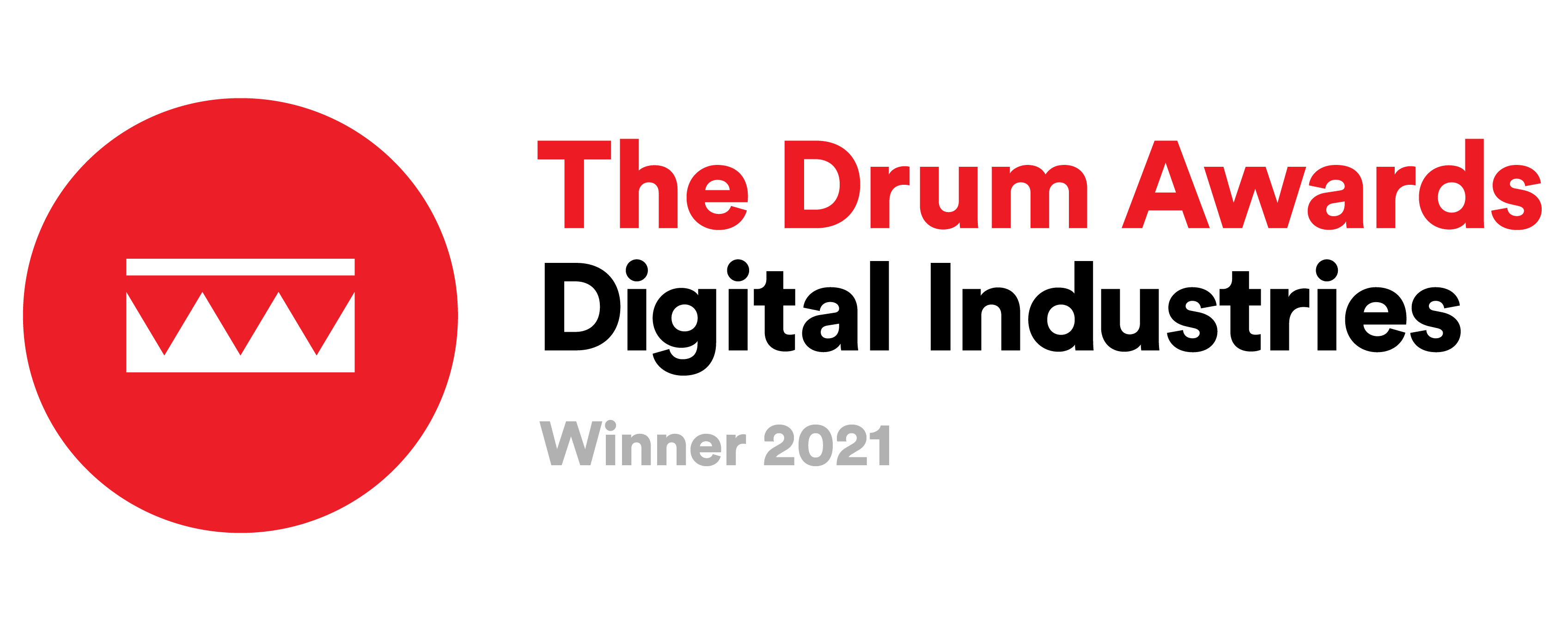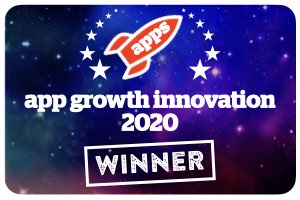Creative Typography in Ads: How to Get It Right
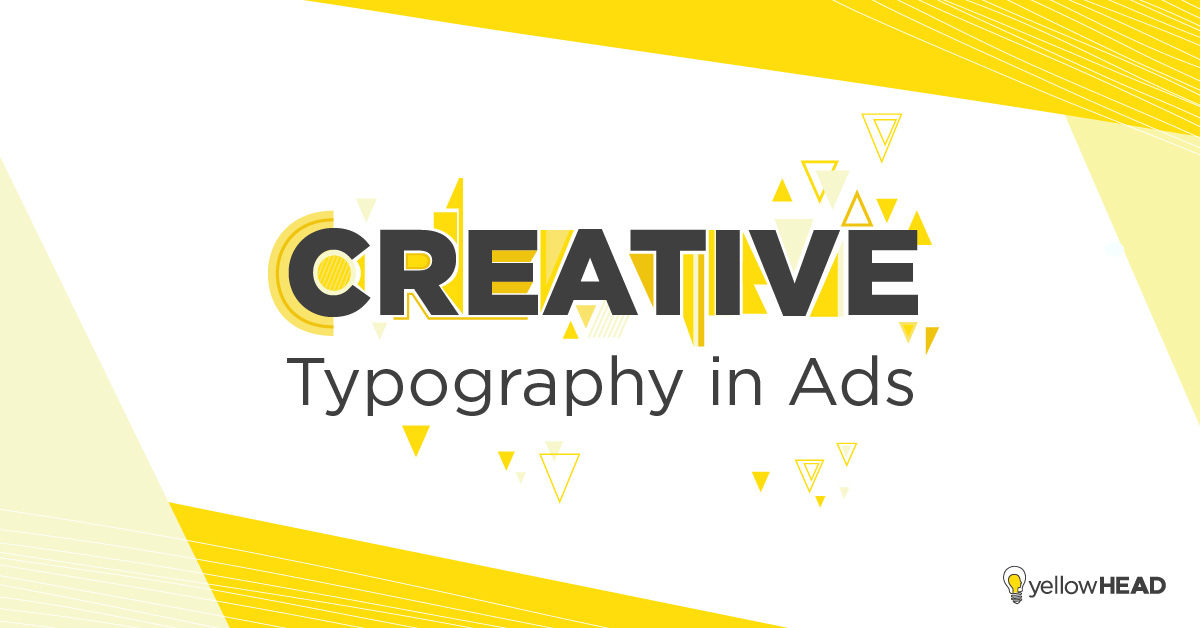
Typography continues to be a powerful tool in advertising, evolving with technology and design trends. In this updated article, yellowHEAD Creative explores the latest approaches to creative typography that can transform your marketing strategy. Additionally, we dive into examples of typography in advertising to highlight how brands successfully leverage this design element.
What is Creative Typography?
Creative typography remains the art of designing text to be clear and visually appealing. However, it has become even more sophisticated, leveraging advanced design tools and digital platforms to create more impactful messaging, showcasing the importance of typography in advertising in driving engagement and delivering brand messages effectively. Some examples of typography in advertising demonstrate how creative use of fonts and colors can evoke emotions and capture attention instantly.
The core artistic components continue to be:
- Font style
- Structural design
- Color palette
- Digital adaptability
Modern Typography Elements
Fonts and Typefaces
Fonts have evolved beyond static designs. Today, we’re seeing:
- Variable fonts that adapt to different screen sizes
- AI-generated typefaces
- Fonts that reflect brand personality more dynamically
Color
Text colors now play an even more nuanced role:
- Accessibility-driven color choices
- Emotional color psychology
- Dynamic color shifting for different platforms
- Inclusive color palettes that consider color blindness
Hierarchy and Accessibility
Modern typography prioritizes:
- Clear visual hierarchies
- Readability across devices
- Responsive design principles
- Inclusive font choices that support diverse user needs
Consistency with Flexibility
While consistency remains key, brands are now finding creative ways to:
- Maintain core brand identity
- Adapt typography for different platforms
- Create flexible type systems
White Space
The empty space surrounding the text can be used purposefully to make the text more legible. Give the text enough space so the main message shines through without looking crowded.
Typography in Video Ads
With most social media platforms using a sound-off approach for playable ads, typography has become a critical tool for advertising. Since marketers can’t always rely on sound to stand out in users’ feeds, the role of text in video ads is of increasing importance.
Typography in Digital Advertising
Emerging Platforms
Creative typography has expanded beyond traditional media to include:
- TikTok and Instagram Reels
- YouTube Shorts
- Pinterest visual marketing
- Augmented Reality (AR) advertising experiences
Why Use Creative Typography in Advertising?
User Experience
Text is a vital component of advertising, but can often feel laborious for the eye to peruse and can lead to decreased engagement. Using creative typography is a good way to clearly communicate your message in writing, without the viewer feeling the text weighs heavy on the eyes.
Viewer Attention
Typography plays a dual role in advertising. The clever combination of visual and verbal elements makes it an efficient form of marketing. It can be the difference between taking a fleeting glance and stopping to take a longer look at the ad; initially, the reader’s eye is stimulated by the visual image, then challenged to pay closer attention to what the text is really trying to communicate. In this way, typography makes marketing campaigns more memorable and more likely to convert.
Sets the Tone
Typography is a highly-effective technique to set the mood for ad campaigns. It can add a dimension to a phrase, or place an impact on a particular word that you want to bring the audience’s attention to. With masterful placement and style of text, this medium is powerful enough to elicit emotions in your viewer and allow them to find depth beyond the words they are reading. Creative typography can emulate the tone of the word or sentence like visual onomatopoeia and greatly affects the user’s perception of the content.
Brand Recognition
A company’s advertising material comprises a huge amount of text. The choice of typeface plays a key role in the way the brand is presented and informs the customer of its values. Typography brings the personality of the brand to the design, therefore strong emphasis should be placed on the style. The font, colors, and design should maintain consistency as these elements will serve to distinguish your brand and how it will be recognized.
How and Where to Use Ads with Typography
Typography is a useful tool for increasing engagement with ads. Below, we have broken down the key platforms that are most conducive for this marketing medium and why typography ads would be highly effective there.
Social Media
Typographic ads are a great solution for ‘sound-off’ social platforms because they can quickly convey messaging and stand out against other images and videos that are not played automatically with sound. When strategically placed, styled, and branded within the ad, the text can draw attention without the viewer feeling like they are reading ad copy.
Native Advertising
With the added advantage of matching the style of the text to the platform and target audience, typography makes for great native advertising. By using the color and font native to the platform, the text blends in as part of the ad, allowing the words to be more easily digested and less recognized as advertising copy.
Paid Ad Campaigns
Using the font of your logo reinforces the brand and what it represents. Using the same font in the paid ad campaign will signify to viewers that this ad represents the brand’s values. In this way, viewers identify a common theme and make the subconscious connection between the brand and the message.
Websites
Most readers will skim through text on websites looking for words most relevant to their searches. Typography plays a vital role in creating a visual hierarchy of words through color, font, and size. This order helps readers decipher the most important words in the text and allow the eye to focus on words of higher significance that will lead to a paid conversion.
Trends
What can we expect to see from the world of creative typography? With online services like Adobe fonts and Google fonts, designers have access to a wider variety of free fonts. Font choice is fast becoming a trend to keep up with as much as filters and sounds. Here are some typographic trends to keep an eye out for:
Heavily-Weighted Fonts and Wide Letter Styles
The bolder the better – perhaps this is a reference to today’s overcrowded social media feed where a brand needs to speak louder and look larger than ever.
Platform-Styled text
The huge impact of social media in recent years has influenced the style of fonts used in marketing and there has been an increasing trend of utilizing the font style of the platform being advertised on.
Handwriting
More than ever, viewers appreciate a human connection and relate well to added emotion and personality to text in ads.
Beyond Aesthetics: The Strategic Power of Typography in Advertising
Typography is no longer just a design element—it’s a critical communication strategy that can make or break your marketing efforts. The importance of typography in advertising lies in its ability to:
Cut Through the Noise
Modern consumers are bombarded with thousands of marketing messages daily. Creative typography:
- Creates instant visual stopping power
- Differentiates your brand from competitors
- Transforms mundane text into memorable experiences, as seen in examples of typography in advertising like Spotify Wrapped and Duolingo’s playful fonts.
Communicate Beyond Words
Typography goes far beyond mere text delivery:
- Conveys brand personality in milliseconds
- Evokes emotional responses
- Translates brand values without explicit messaging
Enhance User Engagement
Strategic typography directly impacts user interaction:
- Improves readability and comprehension
- Reduces cognitive load
- Increases time spent with marketing content
- Drives higher conversion rates through strategic design
Psychological Impact
Typography taps into deep psychological mechanisms:
- Triggers-specific emotional responses
- Creates subliminal brand associations
- Influences perception of brand credibility
- Builds trust through design consistency
Economic Efficiency
Effective typography can:
- Reduce marketing communication costs
- Increase message retention
- Improve ad performance metrics
- Create more efficient communication channels
Technological Adaptability
In 2025, typography is a dynamic, responsive tool that:
- Adapts to multiple platforms
- Personalizes user experiences
- Integrates with emerging technologies
- Supports accessibility and inclusive design
Best Practices
Technical Considerations
- Ensure cross-device compatibility
- Prioritize accessibility
- Use responsive design principles
- Consider color contrast and readability
Creative Strategies
- Match typography to brand personality
- Create flexible type systems
- Experiment with motion and interaction
- Use typography as a storytelling tool
When implementing typography, it is important to make sure it will be suitable for certain platforms. Typographic ads work best on sound-off platforms like Facebook or LinkedIn. However, platforms like YouTube are designed for sound-on videos and will not necessarily benefit from the added infusion of design.
- Be creative with the use of text while matching the design of the platform and needs of the target audience.
- Keep words legible and clear. The goal is to enhance the look of the words while making sure the message is communicated easily.
Good Examples of Typography in Ads
The use of typography in ads is vast. With so much to say and limited time to say it, typography gives power to the text and allows more information to be conveyed in less time. The examples below demonstrate the effectiveness of creative typography in ads.
ASOS & Nike
The collaboration between ASOS & Nike in this video ad is illustrated by way of creative typography. The movement of both brand names emanating from one point concisely portrays the fusion of brands to the audience. The use of color and spacing in the body of text allows the viewer to effortlessly understand the message and serves as a narrative for the remaining video.
Starbucks
In this video ad, Starbucks makes clever use of its witty narrative by displaying the text in the native TikTok style, assisting the viewer to follow the story and stay engaged with the advertisement. This is particularly important on social media platforms where videos are automatically played without sound.
Lazy Oaf
In this video by Lazy Oaf, typography plays a leading role in the ad. Not only does it match the tone and style of the brand, it also serves as a design element of its own that captures the mood of the ad.
To gain attention for their upcoming sale, this Lazy Oaf ad employs several creative typography techniques. The letters, formed as balloons, depict the playful personality, which is unique to the brand. With the contrast of colors and movement, the ad is easily caught by the eye.
Billie
In this video, creative typography is key in giving over a cool ‘00s vibe, harkening to the old-school internet days.
Billie successfully added a tone of voice to the text with the simple use of italics, indicating that the brand is a game changer in the world of beauty products. In turn, the added pause created by the typography gives extra impact and focus to the text that follows.
Emerging Typography Trends
Artificial Intelligence and Generative Typography
AI is revolutionizing typography design. We’re seeing font creation that adapts in real-time, with machine learning algorithms generating unique typefaces that can personalize themselves based on user interaction and context.
Responsive and Adaptive Typography
Typography is no longer static. Modern fonts automatically adjust to:
- Screen size variations
- Individual user accessibility needs
- Emotional context of content
- Emerging display technologies
Sustainability in Typography Design
A groundbreaking trend emerges with eco-conscious typography:
- Fonts designed to reduce digital energy consumption
- Typefaces optimized for lower screen brightness
- Design that communicates environmental consciousness
Hyper-Personalization
Typography becomes an adaptive experience, changing based on:
- Individual user preferences
- Time of day
- Potential emotional state detection
- Contextual relevance
Immersive and Dimensional Typography
Beyond two-dimensional design, typography now:
- Integrates with AR and VR experiences
- Interacts with physical and digital environments
- Incorporates motion-responsive elements
Inclusive and Neurodivergent-Friendly Design
Designers prioritize universal comprehension through:
- Fonts specifically crafted for dyslexia readability
- Color schemes supporting color blindness
- Typography that respects diverse cognitive experiences
Micro-Interaction Typography
Text becomes an interactive design element:
- Responds to subtle user movements
- Triggers delicate animations
- Creates engaging, responsive experiences
Cultural and Linguistic Fluidity
Modern typography transcends language barriers:
- Seamless transitions between linguistic systems
- Fonts respecting cultural nuances
- Multilingual type design
Minimalist Maximalism
A paradoxical trend emerges, characterized by:
- Bold simplicity
- Clean lines with unexpected dramatic elements
- Statements made through intentional restraint
Ethical and Transparent Typography
Typography now communicates deeper values:
- Reflects brand social responsibility
- Demonstrates transparent design processes
- Serves as a visual representation of organizational ethics
FAQ
Why is typography important in graphic design for ads?
Due to the ‘sound off’ experience on certain social media platforms, creative typography plays a highly important role in video ads when it comes to gaining the attention of the viewer.
What does typography mean in graphic design?
Typography in graphic design refers to the different text design elements such as font, sizing, spacing, and color.
How can I use typography in ads?
Creative typography is an excellent way to transform simple copy into a useful marketing technique. By adding design to the words in the ad, it reinforces brand recognition, enhances storytelling capabilities, and creates a thumb-stopping effect.
Conclusion
Creative typography is about more than just aesthetics—it’s a strategic communication tool that bridges design, technology, and human experience. By embracing new technologies, understanding platform nuances, and prioritizing user experience, brands can harness the importance of typography in advertising to create truly memorable typographic experiences. Exploring examples of typography in advertising can provide inspiration and insights into how successful campaigns maximize the impact of this critical design element.
Ready to Elevate Your Typography?
Contact the yellowHEAD Creative Studio to spice up your ads with the right typography and stand out in today’s digital landscape.




